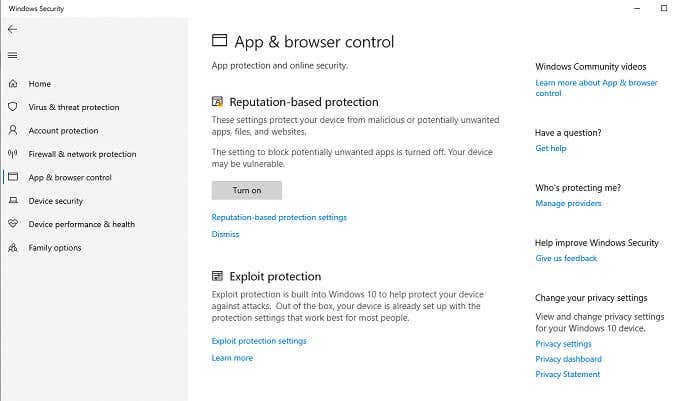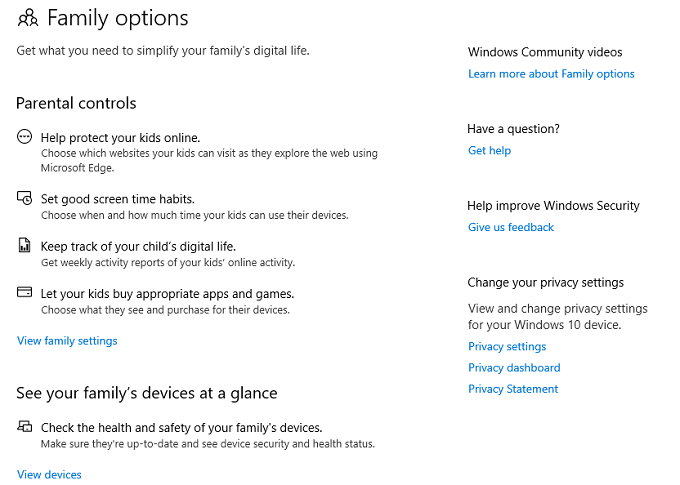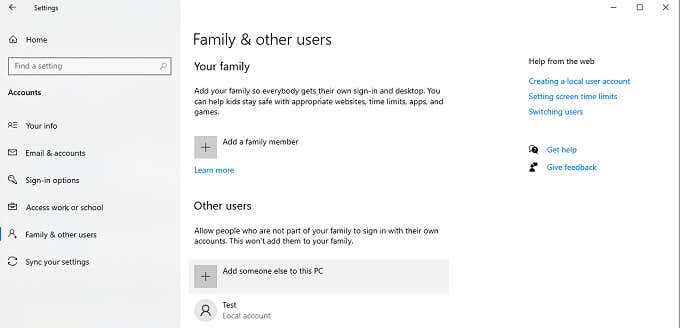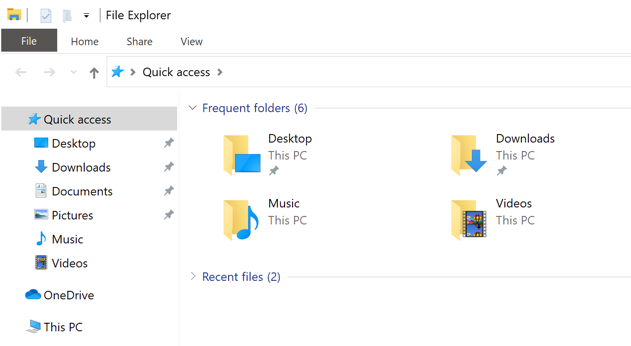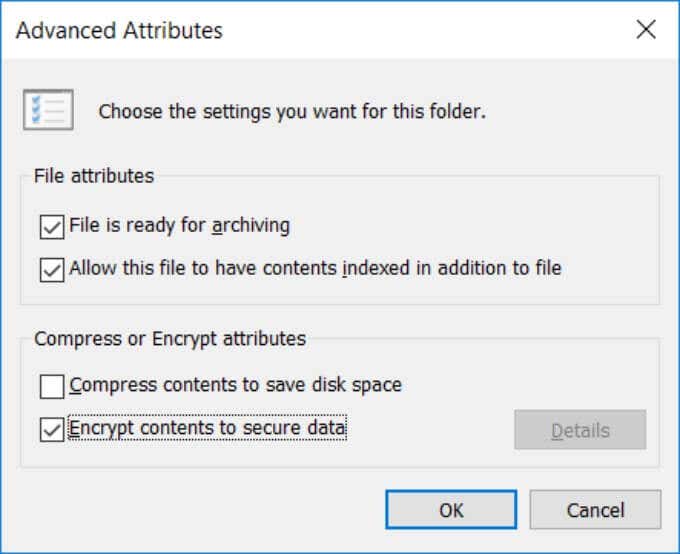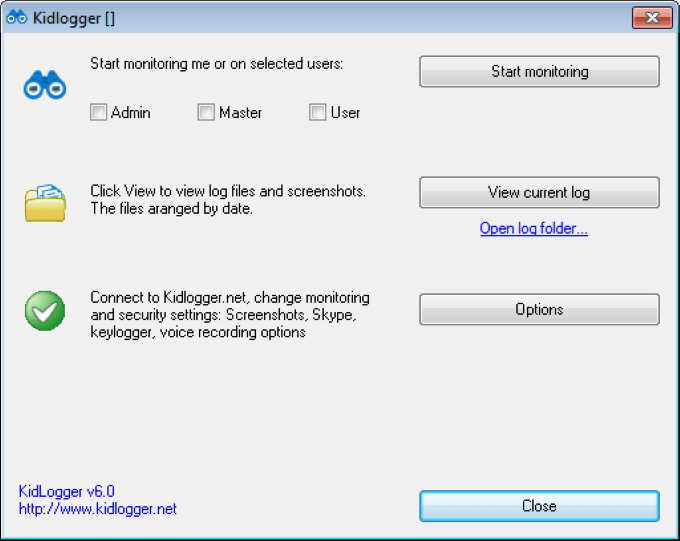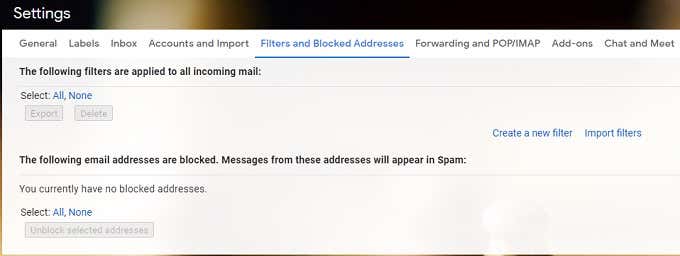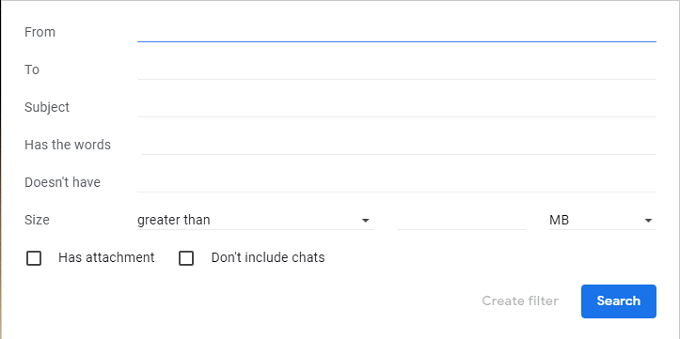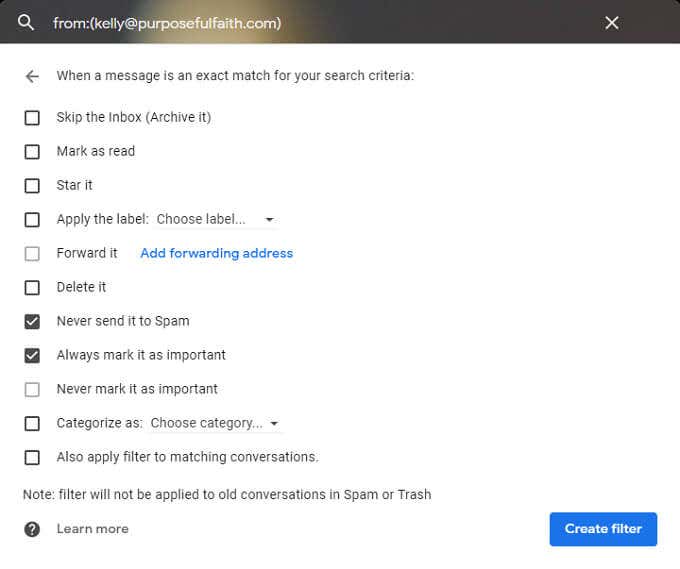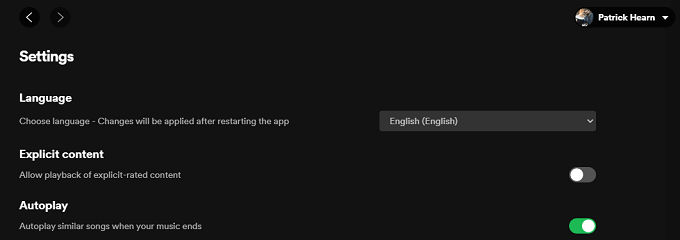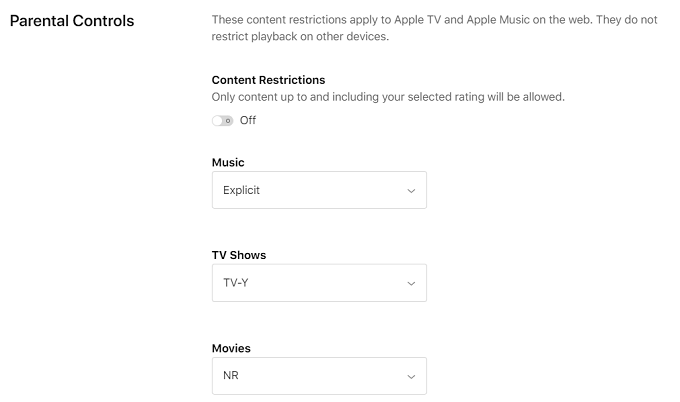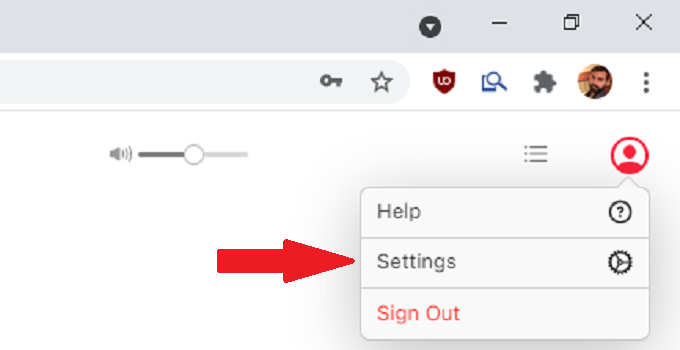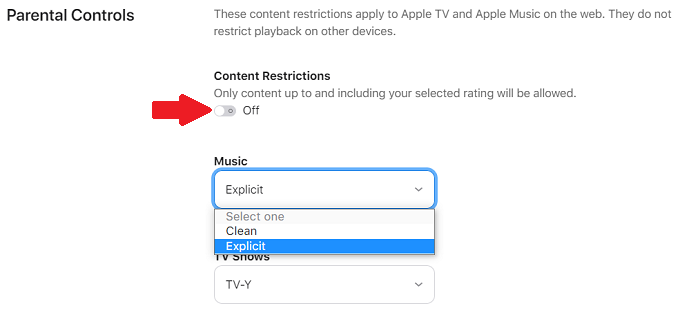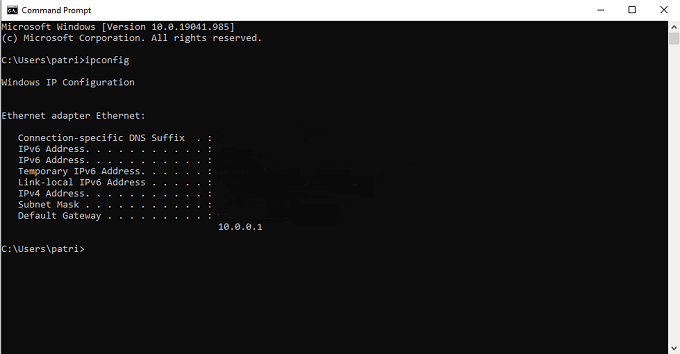There are many built-in parental controls and third-party software that allow you to limit access to different sections of your computer and the internet. Take the time to try out these methods below to have peace of mind next time your kid wants to play Neopets.
1. Use Parental Controls
Your PC has built-in parental controls that allow you to:
Limit the amount of time someone spends logged in.
Control what websites kids visit. Windows features allow you to turn on features like Reputation Management to filter out inappropriate websites.
To access these settings, open Settings > Update & Security > Windows Security > Family options. This opens a new window and provides access to all of Windows’ family safety tools. From here, you can access parental controls such as screen time restrictions, website restrictions, and weekly activity reports, as well as view an analysis of the safety of connected devices. If the built-in options aren’t enough, don’t worry! Check out our article on the best parental control software for Windows 10.
2. Create a Limited-Access Account
One of the easiest ways to child-proof a computer is to give children their own accounts, but restrict access to the system. This creates a non-administrator account that by default cannot change settings, install software, and more. This type of account is ideal for children since it prevents them from downloading applications or removing those already installed.
3. Secure Sensitive Files and Folders
Another easy step you can take is to store sensitive files that you do not want your children to access or accidentally delete in a dedicated folder with encryption. Bear in mind that if your children use the administrative or parental account, they will be able to access the folders. This trick works best if you encrypt the files and give the children their own user account. When they try to access the encrypted folder or files, it will ask them for the password of your admin account.
4. Install a Keystroke Logger
One way to monitor what your children are doing on the computer is to install a keystroke logger. While these applications are often viewed as invasions of privacy, many are designed specifically to monitor children. One of the best free options is called Kidlogger. It records keystrokes, takes periodic snapshots of what is currently on-screen, etc. Applications like this provide you with a detailed overview of what your children are up to on the computer. Best of all, Kidlogger is undetectable unless you know it’s installed, so even tech-savvy children won’t be able to find it.
5. Enable Powerful Email Filters
The Internet is a bit like the Wild West. You never quite know what to expect in spam emails. Much of the material can be violent or sexually explicit. Although Gmail has strong built-in filters, you can take your child’s email protection one step farther. Gmail’s filters block specific keywords. For example, an email from an untrusted address with keywords like “enhancement” or “sexy” will likely be caught by the spam filter. This prevents explicit material from reaching your child, but the responsibility to protect them doesn’t stop there. Whitelist desirable addresses, such as those from family members or trusted websites. This allows these emails through, ensuring they are never blocked by the spam filter. To do this follow the steps below:
6. Use Software to Remove Changes After a Reboot
There are tools available that reset a computer back to a predetermined state after every reboot. You can use this to restrict a child’s access to a computer and prevent them from making any changes. The downside is that tools like this are rarely free. Reboot Restore RX offers a full-featured trial to let you try this out for yourself. Not only can it restore your PC after a reboot, but you can also create restore points weeks and months before. Other alternatives are Windows SteadyState or SmartShield Enterprise.
7. Install a Kid-Friendly Browser
Child-safe browsers are designed for children. These browsers have highly restricted search results that are filtered to ensure all results are child-safe. One of the most popular kid-friendly browsers is Kiddle, a scaled-down version of Google. However, there are multiple options like Pikluk, ZAC Web Browser for autistic children, or the Kidoz browser for mobile devices. Research which one is the best fit for your child.
8. Restrict Explicit Playback on Spotify and Apple Music
Kids like music, and Spotify is one of the most popular platforms on the planet for discovering new songs. If your child likes to browse Spotify (or Apple Music), the best thing you can do is restrict the playback of explicit material. In Spotify: In Apple Music:
9. Install a Secondary OS
Child-proofing isn’t always about keeping the kids out. Sometimes it’s also about keeping guests from making changes to your system. One easy way to do this is to set up a secondary partition in your hard drive and have a separate Windows installation available for guests. It doesn’t have to be Windows, either. If you have Linux skills, a better option might be to install Linux. The OS is free to use and offers incredible levels of customization. You can set access restrictions and guidelines, and creating a dual-boot setup prevents other users from accessing your main OS.
10. Block Access to Websites Through the Router
Children are smart and they can often find ways to access websites even through browser-based controls. However, if you block access through the router, it doesn’t matter what device they use. Your Wi-Fi will not allow access. Note: Follow the steps below to find your router’s IP address: If you aren’t clear on how to do that, Xfinity, AT&T, and other mainstream Internet Service Providers have tutorials on their websites. We also wrote up a guide on how to block websites from your router. Hopefully, some of the tips above will help you spend more time using your computer and less time fixing what your kids broke. How do you make sure your kids don’t mess around with your computer? Let us know in the comments.

